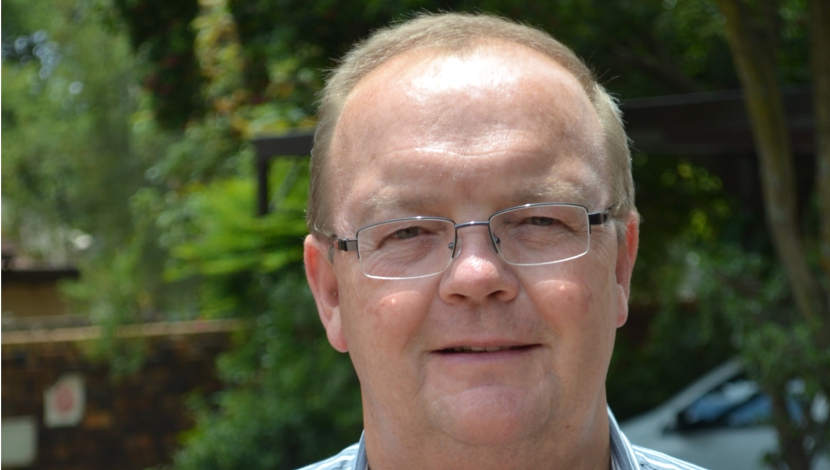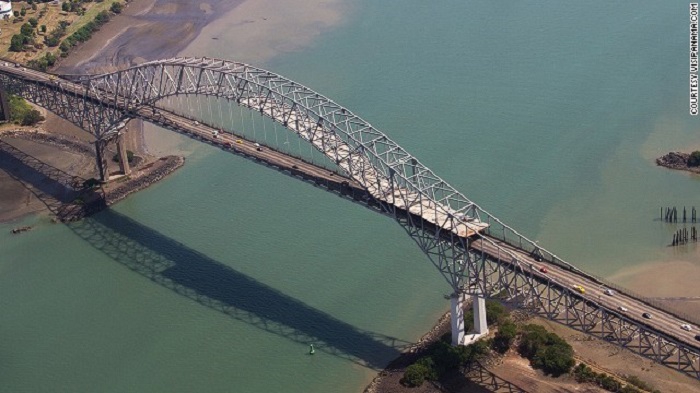

Pretoria-based start-up Thevia has introduced a sustainably manufactured roof tile that should “revolutionise” the roof tile market says Theviafinancial director Martin Ackermann.
The tiles, each weighing 1.3 kg, are 70% lighter than traditional concrete, slate or clay tiles, and are manufactured from 100% waste material, recycled plastic and discarded fines from a crushing process.
Ackermann says the strength and weight reduction of Thevia’s tiles make them unique. The product is been selected as one of South Africa’s 26 semi-finalists in the world’s largest clean technology business accelerator, the CleanTech Open competition.
“We have proven the moulding process at our pilot plant near Bronkhorstspruit, Gauteng, and our engineered tiles look like conventional tiles, while being twice as strong, half as thick, and about a third of the weight,” he states.
Technical director Bill Bowman says the interlocking roof tiles are not brittle, like conventional tiles. “We have virtually zero breakage,” he says. “With Thevia tiles’ strength, we can reduce the number of tiles to about 8.8 for every square metre. Because the tiles are so light, we intend making ‘double-sized’ tiles, each still half the weight of a normal concrete tile, but which would require only 4.4 tiles for every square metre.
While conventional cementor clay tile manufacturers might require between 10 and 15 tiles/ square metre, weighing ±50 kg, Thevia tiles weigh about 11.4 kg/m2.
Thevia tiles also improve worker safety. “The lighter tiles reduce strain on the workers, which reduces mishaps and breakage. The tile’s recycled plastic base creates shavings when cut with an angle grinder. These shavings drop to the floor and are easily containable, as opposed to the dust and breathing hazard from cuttingother tiles.”
The company can currently produce about 20 000 tiles a month on an experimental line at the pilot plant, but plans to increase production tenfold with the setup of its first commercial line.
“The environmental angle is significant: one commercial line is expected to convert 100 t of waste a week. We are planning to build three,” concludes Ackermann.





